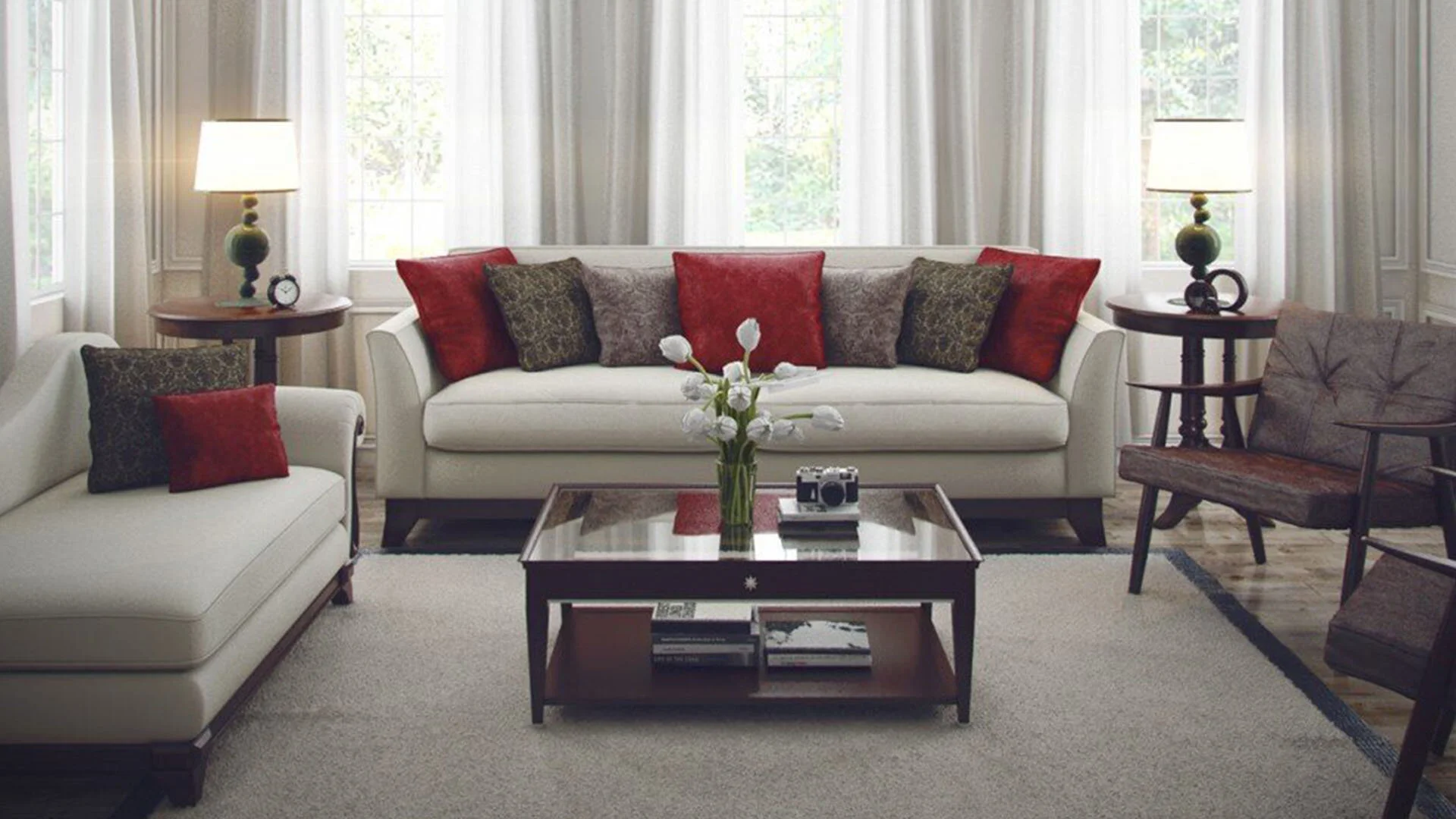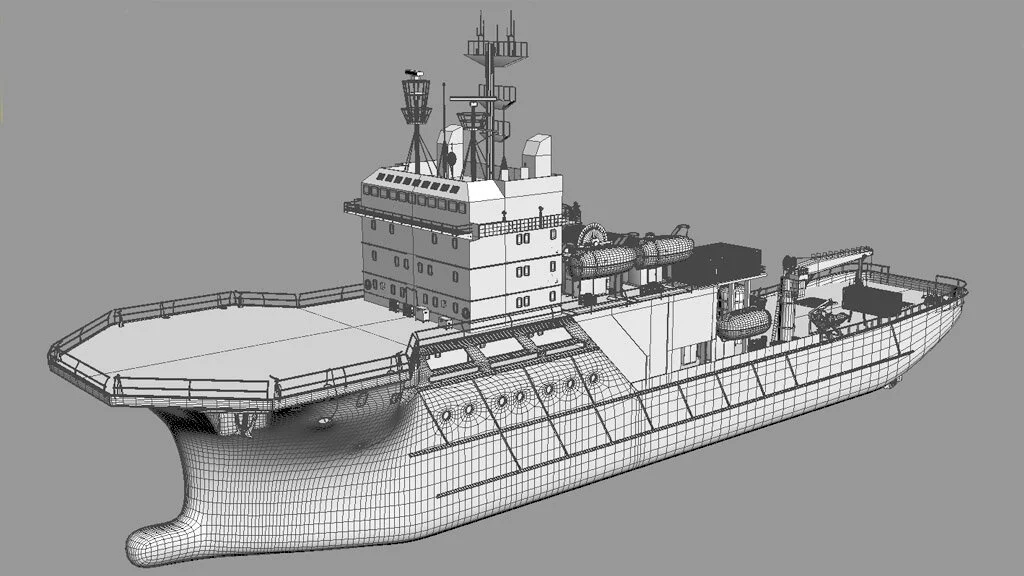What are the differences between Freelance Animators, Visualisers, Modelers, Illustrators, Designers and Artists?
This article is aimed at anyone who is thinking of hiring a freelancer for a job but is not quite sure what the difference between an Animator, Visualiser, Modeler, Illustrator, Designer and Artist is. This article aims to provide a rough guideline to what each role does, and what their strengths and weaknesses are, so that you can hire the right freelancer for the right job. Many freelancers may have the skill set for multiple roles.
The Freelance Animator
This freelancer specialises in making objects come to life to tell a story or a message. The animation skill-set is further split into two specialist areas; 2D and 3D.
When picking a freelance animator, it is important to know what type of animation you plan to produce. 2D and 3D animators have the same fundamental skills but will tend to use completely different software and techniques. It is important to pick a freelancer with a proven track record in the type and style of animation you wish to produce.
2D animators tend to produce the following type or style of animation:
1) web banner type adverts
2) motion graphics
3) explainers
4) 2D cartoons
5) stings/bumps/logo loops
6) corporate videos
7) computer based training animations
3D animators tend to produce the following type or style of animation:
1) TV and internet commercials/adverts
2) Product animation and visualisation
3) Architectural visualisation and fly-thrus
4) Medical animation and visualization
6) High end stings/bumps/logos
7) 3D cartoons
8) 3D feature films
9) computer based training animations
Further Specialisms
Because animation is such a large subject, there are further specialisms you may need to consider. For example, if your animation contains a lot of character animation, you may want to consider targeting freelance character animators. However, these freelancers may not have the necessary skills to build the environments around the characters. Because of their very focused specialisms, character animators are often supported by other specialist animators.
Another specialist “animator” is the Rigger. These are very technical animators who understand the mechanics behind setting up (known as rigging) a character. They support the character animators to make sure the rig work is as intended.
There are animators who specialise in simulation or physics animation. These freelancers create animations that would otherwise take too long for an animator to animate such as fire, smoke, explosions, water etc. They use complex physics based tools to help animate real life phenomenons.
The Freelance Visualiser
These freelancers tend to be 3d modellers with further specialisms in creating stunning 3D photo-realistic renders. They have great attention to detail as their work demands perfect replication of the real world. Because the nature of their work is computer generated rendered still images, their skill in animation is limited to simple fly-thrus and product rotations. Their skills are mainly used for:
1) architectural visualization
2) product visualisation
3) automotive visualisation
The Freelance Illustrator
The freelance Illustrator is very similar to the freelance visualiser except Illustrators tend to be more creative as their work does not demand real life replications. They can work in both 2D and 3D but the final result of their work will usually be a 2D still image.
Freelance Illustrators are mainly used to create and develop 2D render/still for magazines, websites, posters, print etc
This also covers technical illustrations for engineering companies.
The Freelance Modeller
The freelance modeller almost always works in 3d. Modellers are specialist freelancers that create the “mesh” of any object for use in 3D graphics. There are many uses and formats for 3D models but they generally fall under 2 categories; “real time” or “non real time” usage. This is important when considering which freelance modeller to hire because they do require different skills. Both types of modeller will create the 3D mesh based on the limitation/requirement of the environment/platform to which it will be used.
The real time modeller will create 3d meshes that have been optimised for real time 3D engines. This basically means, the meshes are as simple as possible whilst minimizing the loss of detail. Real time modellers also need to have a good understanding of the 3D graphics engine that the mesh will be used in. This technique is often referred to as low polygon modelling and is extensively used in the games industry, simulations, mobile apps (such as Augmented Reality) and computer based training.
Non real time modellers have a lot more artistic freedom and less technical constraints. This means the non real time modeller can create very large and detailed modelling. This kind of modelling is used for animation, visualisation, and illustrations.
There is a further specialist modeller who specializes in 3D sculpture (i.e 3D computer clay). These models, however, are not very useable (i.e can not be used in animation or real time applications) because of their complexity and format. They are primarily used for character concept development and prototyping.
The Freelance 3D Designer
The freelance Designer is usually a 3D visualiser who also has design skills but sacrifices image quality for faster turn around time to cater for design changes. The main areas for 3D designers are set designs for theatres, corporate events, award shows, exhibitions, point of sales (POS), and interior designs.
3D Designers should not be confused with Product Designers who tends to be more focused on the engineering and product manufacturing side. 3D Designers, like 3D visualisers, are more focused on the visual design.
The Freelance Artist
This freelancer is an all rounder, highly creative person with great artistic skills. They will tend to have skills in modelling, animation and design but their main focus is in creating compelling artwork with whatever techniques they choose. They are masters of manipulating 2D and 3D graphics into beautiful artwork.
Conclusion:
Have a clear idea of what you want to produce, identify the key skills required and hopefully the list above will guide you to the correct type of freelancer. I hope this article has helped you.






